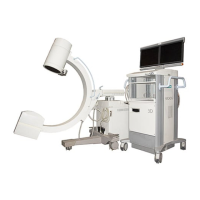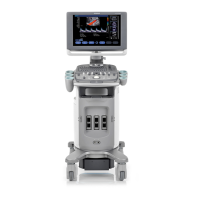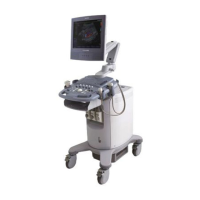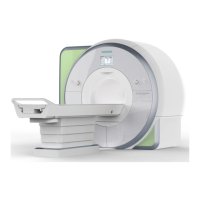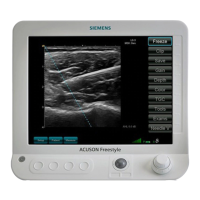Maintenance 123
6. At the Lamp Energy Monitor window, in the Luminous Energy Check area, enter the
settings:
a. Type
1000 in the Meas. times field.
Enter the number of times to measure the lamp energy (normal setting: 1000).
b. Type
100 in the Meas. cycle field.
Enter the time (in µs) to elapse after each lamp energy measurement (normal
setting: 100).
c. Select
AD.
d. Select
Auto.
7. Select
Meas. Energy.
The message, "Execute the lamp energy check?" displays.
8. Select
OK.
9. On the Lamp Energy Monitor window, select
Collect Data.
10. Calculate the scatter plot:
a. Note the value of the 340-nm AD count field.
b. Add 50 to the 340-nm AD count and type the sum in the top field to the left of
the graph, then select
Enter.
c. Subtract 50 from the 340-nm AD count (
noted in step 10 a) and type the
difference in the bottom field, to the left of the graph, then press
Enter.
The lamp energy displays as a scatter plot.
• If the points are mostly within ±40 of the center, the lamp is normal.
• Otherwise replace the lamp
11. Only if you replaced the lamp or a cuvette segment, select Regist Data, then select
OK in the Registration window.
If not, proceed to step 12.
NOTE: The system uses the data from the lamp energy data registration as the
comparison standard for the next calculation of the attenuation ratio.
12. Exit the Lamp Energy Monitor window, then select Initialize to switch the system
from the WAIT state to the READY state.
13. Run cell blank measurement.
Reading lamp energy data
1. Execute the lamp energy check and acquire the data.
• A graph displays at the window.
• The lamp energy check data displays to the left of the graph.
2. Select a wavelength for which to display data.
3. Display the voltage or the AD value.
4. (Optional) Change the vertical scale of the graph.

